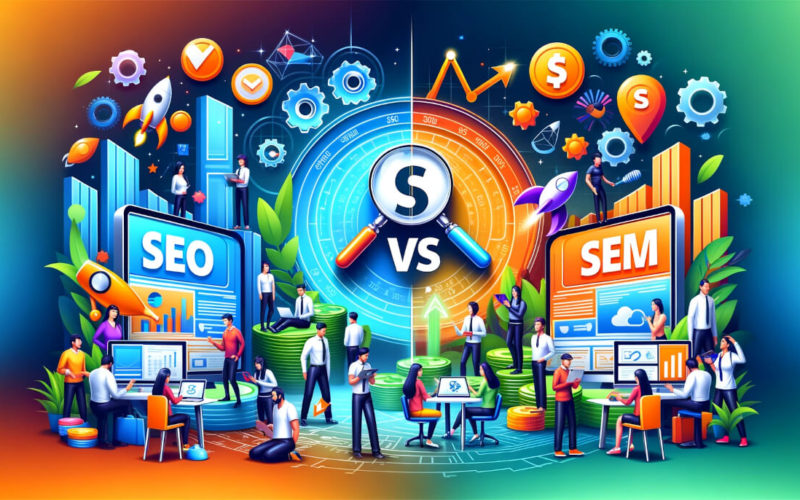Before delving into this, I ask you to visualize digital marketing as if it were a coin. Have you done it? What characterizes a coin? Exactly! It has two sides. Within this explanation, you must understand that SEO vs SEM are the two sides of the same coin. That is, they are different but part of the same ecosystem.
This article arose from an idea we had one day as the MD team, about what SEO and SEM are and what they are used for. So, if you stay with us, you will be able to learn their main differences with examples of practical cases. Also, you will learn about the most common mistakes to avoid in these fields and explore their most well-known tools. Let’s get started!
What are SEO and SEM?
SEO (Search Engine Optimization) and SEM (Search Engine Marketing) are two of the main digital strategies used to improve the visibility of websites in search results. Although they are opposed, as SEO is organic while SEM involves paying to sponsor ads, the truth is that both are more compatible than one might think.
SEO: Search Engine Optimization
SEO is the process that involves improving the organic (unpaid) results of websites in the most recognized search engines, such as Google, Yahoo!, or Bing, among others. SEO focuses on aspects such as structure, content, and external and internal links.
The idea is to make it easier for users searching with certain keywords. One of its main objectives is to increase organic traffic and improve the positioning of websites, allowing the site to attract its own organic customers in the medium and long term.
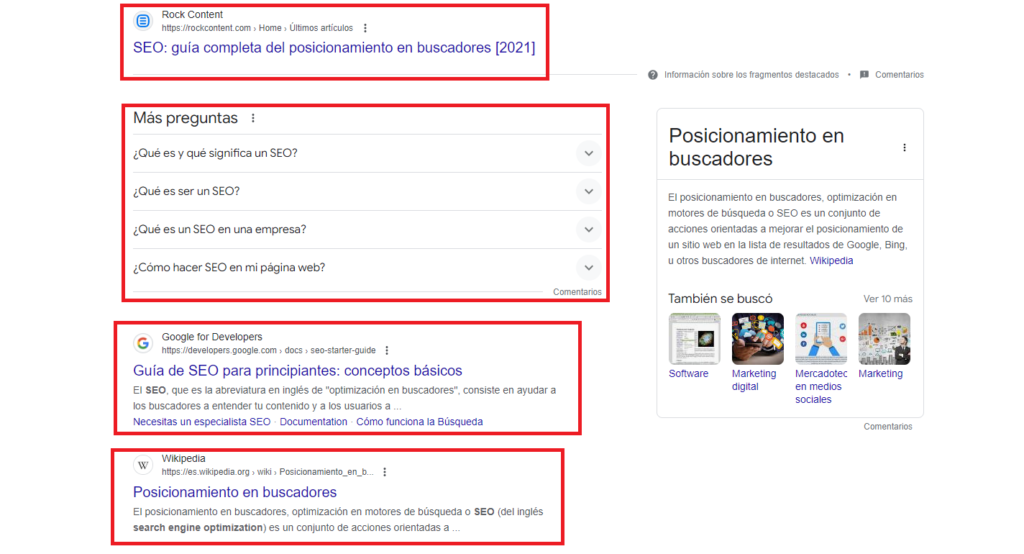
SEM: Search Engine Marketing
SEM involves promoting a website through paid advertisements on search engines. This includes creating and managing PPC (Pay-Per-Click) ad campaigns on platforms such as Google Ads (formerly known as Google AdWords) and Bing Ads. The results are displayed above the organic results on Google’s SERP, under the heading “Sponsored.”
Now, what is the goal of SEM? Since it is paid, it is obvious that immediate results are sought by attracting qualified traffic (i.e., those interested in acquiring the product and/or service offered), obtaining conversions that allow the company to recoup the initial investment made in Ads. In conclusion, at the end of the day, the main objective of SEM is to obtain short-term conversions.
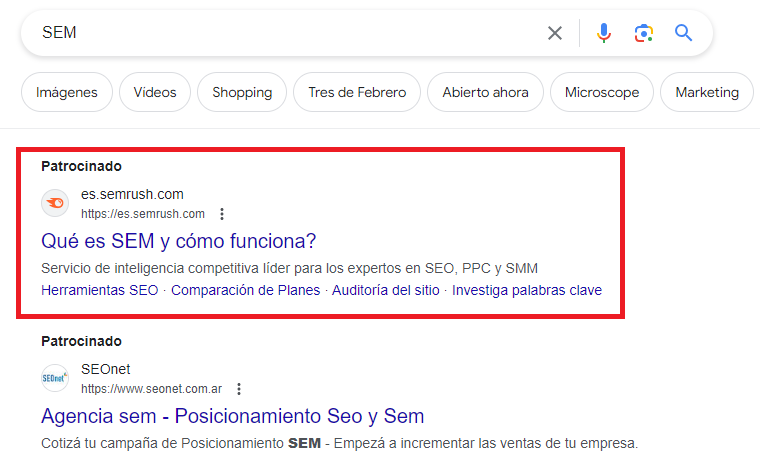
5 main differences between SEO and SEM
SEO and SEM differ in several aspects, the most important being:
Cost: Investment vs. Result
In the case of SEO, an initial investment is required, mainly in time and resources to optimize the site and create quality content. In the long run, this reflects in a relatively low cost, as organic traffic does not require expenses like PPC.
In the case of SEM, it is quite the opposite because a high cost is required when using the service, paying for clicks on ads. The cost will vary depending on the specific needs of the client, keywords, bidding, and the effectiveness of the campaign.
To give you a practical example, suppose you have a travel company that needs to promote a vacation package. Initially, it is best to invest in SEO to optimize the site with relevant content about the most relevant tourist destinations. Then, it is positive to use SEM campaigns to create search ads that appear when users use terms related to travel.
Time: Short-term vs. Long-term Results
Time is one of the major issues in the digital marketing world. As a general rule, almost all clients expect results in record time. The truth is that SEO usually yields results in the medium and long term since it takes quite some time for search engines to index and rank improved content. In turn, the results are more lasting.
SEM is the opposite, offering quick results that do not last longer than what has been paid for. For example, an online store selling women’s underwear may take months to rank first for competitive keywords. However, by investing in Ads, it is easier to obtain qualified traffic.
Visibility: Organic vs. Paid
Visibility is how users can find a site’s content on the Google SERP or any other search engine. In the case of SEO, the results are naturally and organically visible. In the case of SEM, paid ads are placed in search results. They usually appear first with a small label above that says “Sponsored.”
For example, if you search for “Chinese food restaurant,” you will see that the first results are paid, while those that follow are organic.
However, in recent times, Google has begun to implement modifications in its SERP, showing more paid and AI-generated results, known as SGE (Search Generative Experience).
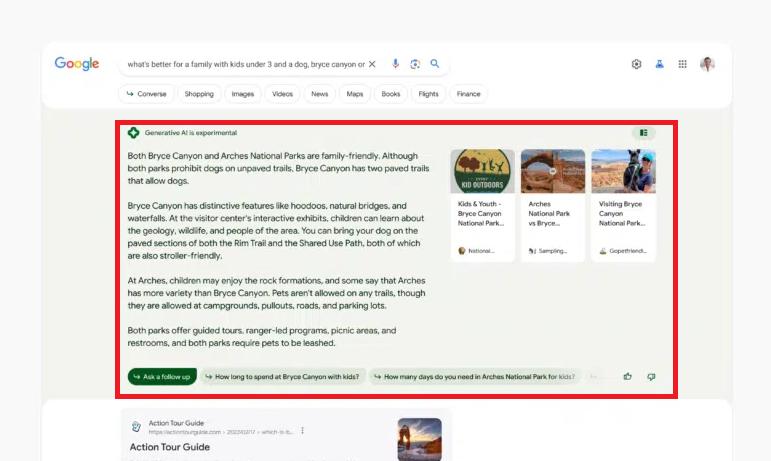
Traffic: Quality vs. Quantity
Traffic represents the people or users who enter the website. It can be organic or paid. In the case of SEO, the traffic is of higher quality because these are users seeking specific relevant information. SEM, on the other hand, provides a large volume, but the quality will vary depending on the keyword, audience segmentation, and specific campaign.
Do you want to understand it better? Let me share an example: through SEO, a cooking blog can attract readers interested in specific recipes. With SEM, you can direct ads to a broader audience, but some clicks may come from people not necessarily interested in cooking, resulting in low-quality traffic.
Analysis and Measurement of Results
Finally, there is the analytical segment and measurement of results, also known as metrics. This represents how the results are visualized. Both in SEO and SEM, these results are measured with metrics such as clicks, impressions, and positions, which can be obtained with tools like Google Search Console, Analytics 4, and Ahrefs, among others.
In the case of SEO, the results are usually seen when there is an increase in organic traffic to the site and a better position in the ranking of those organic keywords. On the SEM side, the most important aspect to highlight in the results is conversions and return on investment (ROI).
Practical Cases: Examples of SEO and SEM in Action
It’s understandable if you don’t fully understand how SEO and SEM work, so I’ll share practical examples of their use, implementation of strategies, and results.
Example of a Successful SEO Strategy
Let’s start with SEO first. Imagine you own an online store selling pet accessories. Your main goal is to increase online visits (make it more visible) and attract more traffic to your site.
The strategy would be as follows:
- First, conduct keyword research, identifying the most relevant ones for the business, such as “cat toys” or “dog collars,” among others.
- Next, optimize the site, improving aspects such as loading speed, structure, and hierarchy of headings, meta tags, and creating quality content using target keywords.
- Content creation is fundamental for the organic growth of the site; it is recommended to regularly publish articles related to the central theme, i.e., pet care. It is also good to review products and give advice on how to care for animals.
- Quality link building is also essential; they should be from relevant high-authority websites.
- As a final step, monitoring the values and metrics returned by tools such as Google Search Console or Analytics. Consequently, strategies should be adjusted.
Once you have applied the SEO strategy, the results should be measured as follows:
- After 6 months of implementing your strategy, the online store should have grown enough to significantly increase organic traffic.
- The traffic to the site increased enough to boost sales above average, in addition to the ROI of the SEO strategy increasing considerably.
- As a result of the aforementioned, in addition to including quality content that captures users’ attention, the website begins to rank among the top positions for several relevant keywords, increasing its visibility and authority.
Example of an Effective SEM Campaign
I’ve already shared an example of applying an SEO strategy, so now it’s time for SEM. In this case, imagine you are the SEM professional at a travel agency. The context is that you want to promote a new vacation package to exotic destinations, so you need to attract qualified traffic to your site.
How will you do it? Well, let’s mention the strategy to devise:
- Research your keywords, identify relevant terms regarding “vacation package,” such as “trips to Bali” or “tour package to Maldives,” to give you some examples.
- Another important thing you must do is create quality ads that are attractive and relevant, highlighting destinations, offers, and benefits offered by the vacation package.
- Campaign setup is also crucial; you must create search campaigns in Google Ads, segmented by language, geographical location, and device type. Additionally, you should configure daily budgets and bidding strategies.
- Conversion tracking is probably one of the most important actions, as you need to track bookings and relevant actions within the website through ads.
- You must constantly optimize your campaigns, adjusting keywords, bidding strategies, and ads.
If you manage to carefully and correctly apply the steps I mentioned, then you can observe the following results:
- The proper implementation of your SEM campaign will produce an immediate increase in traffic and inquiries on the website.
- The CPC (cost per click) should have remained within the initial budget, with an increase in ROI.
- High conversion rates should have been achieved, with an increase in travel bookings compared to the same period last year.
- Finally, the agency can accurately measure the impact of its SEM campaign on bookings and return on investment. Thanks to this, it is possible to adjust and improve the online marketing strategy if necessary.
Common Mistakes in SEO and SEM and How to Avoid Them
Mistakes are made in both SEO and SEM areas, many of them are very common, either because there is little experience in the area or because they are complex tasks that present a certain margin of error.
Next, I will present several of the most common mistakes and their solutions, shared by several of our colleagues who are specialists in MD Digital Marketing areas:
Common SEO Mistakes
We consulted our experts in the SEO area, and they recommend being careful with the following:
- Getting carried away by search volumes: in many cases, tools like SEMrush or Ahrefs may present search volumes that are different and may lead to confusion. The truth is that it is an estimate; you should not take it literally. Even more important is the trend and intentionality of the keyword.
- Creating identical content on the site: filling the site with identical content promotes content cannibalization and keywords. Likewise, you must also use the <canonical> meta tag on the main pages and others that are similar so that Google robots know which ones are the most important.
- Publishing content and not facilitating its indexing: content must be published and reviewed so that Google can index it more easily. It is worth clarifying that, in many cases, it is necessary to review the site’s Sitemap, review internal linking, and request indexing from Google Search Console.
- Using heavy images: one of the most important factors of any website is usability. If you load it with very heavy images (in formats like PNG or JPG), you can slow it down. Ideally, you can use formats like WebP or AVIF to lighten the site’s operation.
- Not generating external links: it is necessary for the site and its publications to have quality organic backlinks to increase the authority of said website and allow search engines to raise its ranking.
Common SEM Mistakes
Regarding SEM, I spoke with Marina Do Pico, our Mid-Senior PPC Analyst, and she shared with me these common mistakes and what to do to solve them:
- Not creating a list of negative keywords: this mistake can lead you to pay for irrelevant clicks and waste your budget. I recommend creating a list of negative keywords from the beginning of the campaigns and then expanding it constantly as we regularly review search terms.
- Not reviewing Google’s default settings: when creating a campaign, Google selects several default options that may not be the most suitable for your goals. If your campaign requires precise geographical targeting, select the “Presence” targeting option to show your ads only to users physically located in the selected location.
- Using smart bids without enough data: if your account is new and lacks historical data, the “learning” process of smart bids may be less accurate. I recommend having a minimum of 30 conversions in a campaign before considering the use of smart bids to allow the algorithm to have enough information to effectively optimize your campaigns.
- Ignoring the relevance of ad text: this text is crucial to attract users’ attention and generate clicks. Not paying attention to the relevance of the ad text with respect to the keywords and the landing page can negatively affect the campaign’s performance. It is recommended to create ads that are consistent with the keywords and offer a clear and convincing value proposition.
- Not conducting regular A/B tests: these tests allow you to compare different elements of your ads, such as text, headlines, images, or calls to action, to determine which ones generate better results. It is important to conduct them continuously to identify and apply best practices and improve the performance of your campaigns over time.
Tools and Resources for SEO and SEM
There is a wide variety of tools that allow you to monitor and control your SEO and SEM strategies. Some are more useful for one area than for the other. The most well-known are:
Google Keyword Planner
This is a free tool provided by Google that provides information on monthly search volumes and keyword competition. It will be very useful for identifying relevant terms to include in SEO and SEM strategies, as it helps understand which ones are more popular and competitive than others, in addition to seeing if their trend is increasing or not, you can also analyze the competition. Among its disadvantages, it is necessary to have a Google Ads account.
This tool gives you a range of monthly volume between a minimum and maximum, for example: 10-100. It is worth clarifying that Google Keyword Planner is more commonly used for paid marketing strategies (SEM), as it allows you to obtain keywords and their monetary values to develop an online advertising strategy.
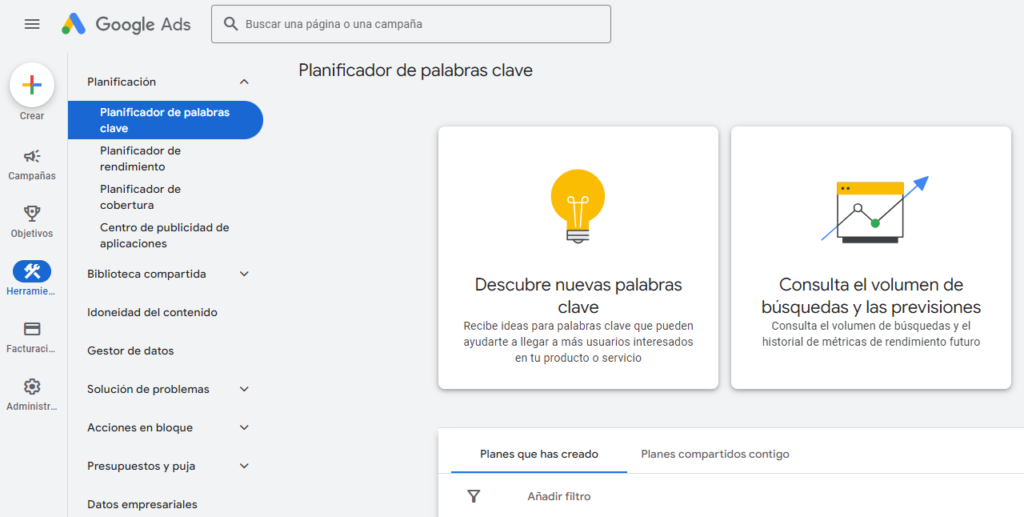
Google Analytics
This other tool allows you to monitor website traffic in real-time. Its main advantages consist of being able to analyze user behavior, keep track of conversions, and create custom reports. This will be especially effective for evaluating how well or poorly applied strategies are, being able to obtain detailed information on how users interact with your site. Among its disadvantages, it is worth mentioning that it requires professional instruction and learning curve, as it is not easy to use this tool.
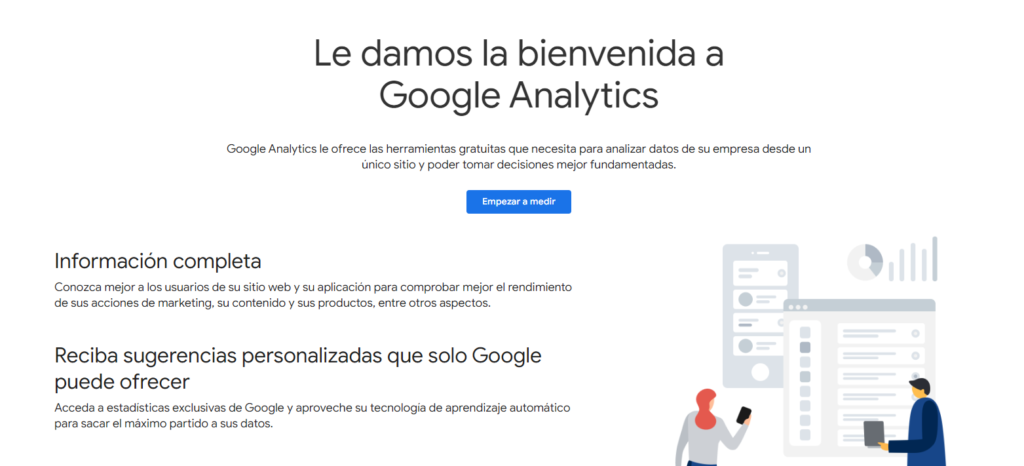
SEMrush
This is a platform that offers a wide range of tools for competition analysis, keyword research, ranking tracking, and more. Ideally, access it as a premium user, as its free version is quite limited, allowing you to perform 10 daily searches or add a site to analyze.
It is ideal for SEO, offering an analysis of the site’s performance and competition, site keyword research, ranking tracking, and performance. Among its disadvantages is the aforementioned limitation of the free version, and its definitive orientation towards SEO (at least for those dedicated to SEM).
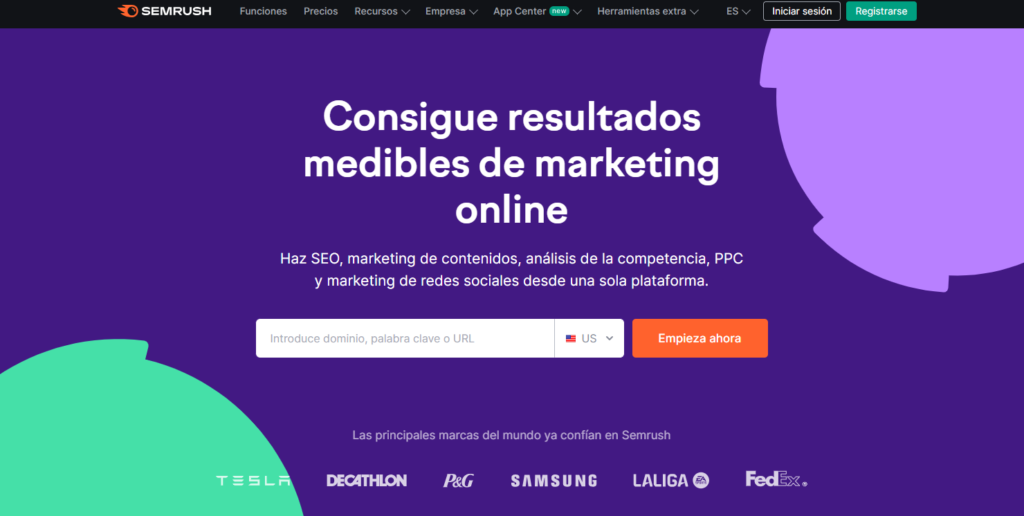
Ahrefs
You will be able to obtain detailed data on backlinks, keyword analysis, competition research, and ranking tracking. It is especially useful for understanding the backlink profile of a website and identifying improvement opportunities in terms of SEO. It is the direct competition of SEMrush, also having a free version, but it is much more limited in terms of what it offers.
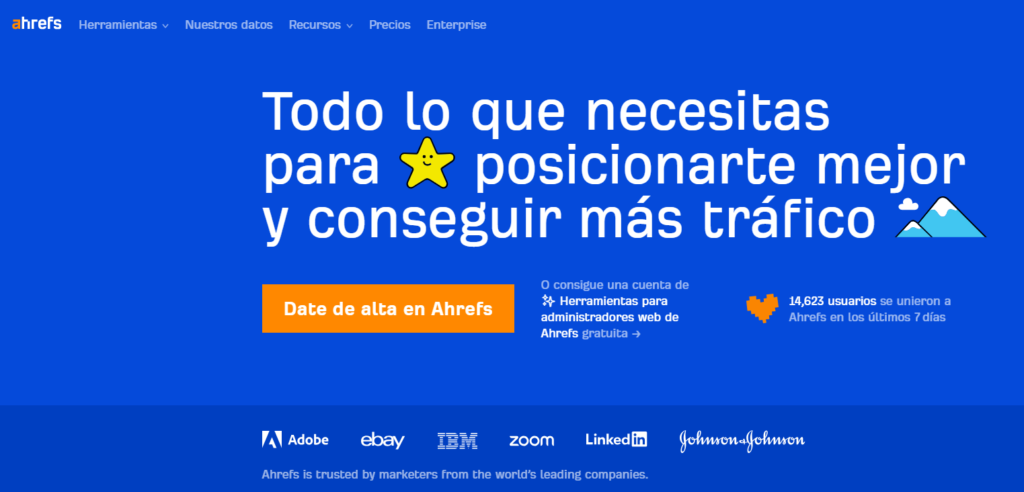
Moz Pro
With it, you can access website auditing functions, ranking tracking, keyword research, and link analysis. It is a complete tool to improve a website’s performance in terms of SEO by providing detailed data and analysis on various aspects of site optimization.
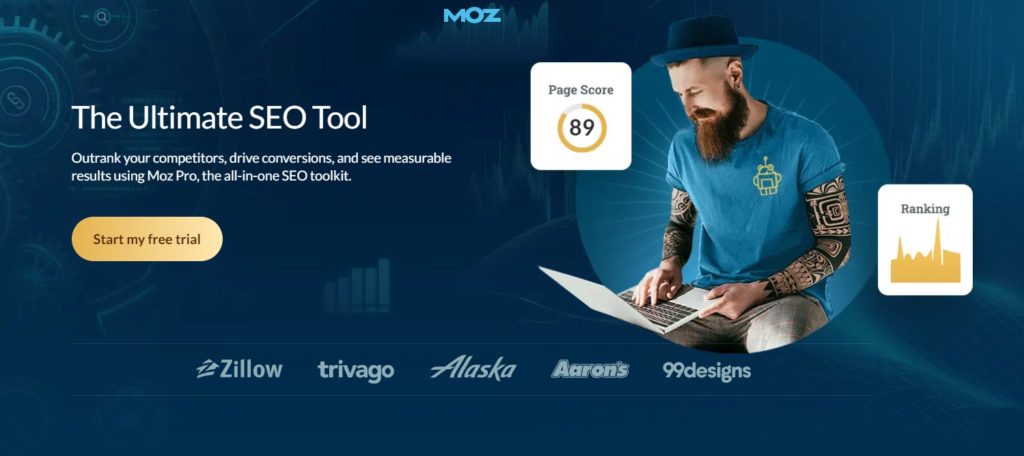
KeywordTool.io
This tool allows you to find long-tail keywords and frequently asked questions (FAQs) related to the search term you have. You will be able to find opportunities for relevant content to understand the search intent of users in your niche.
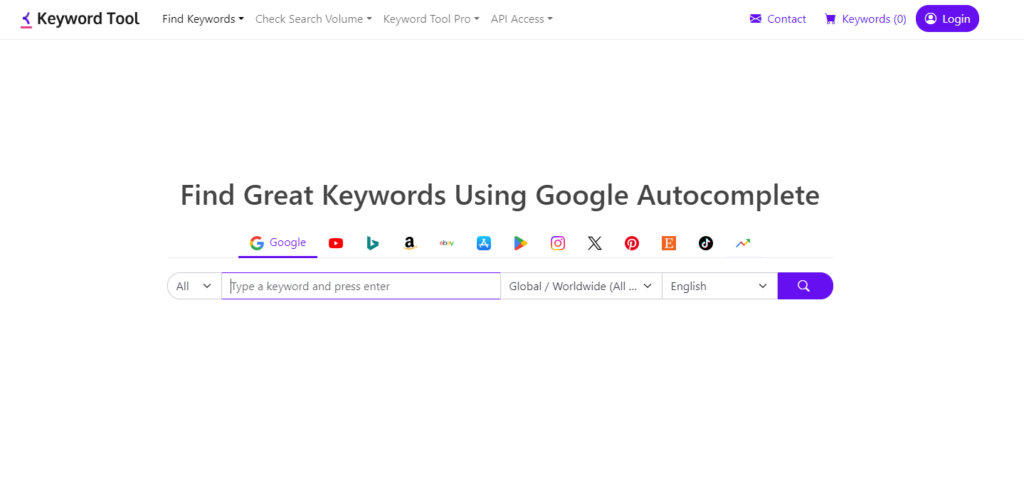
Google Search Console
This complete and powerful tool is from Google and free, allowing you to know the website’s performance in search results, such as impressions, clicks, and position in search. Thanks to this, you will be able to optimize online presence by providing information on how Google perceives and displays the website in its search results.
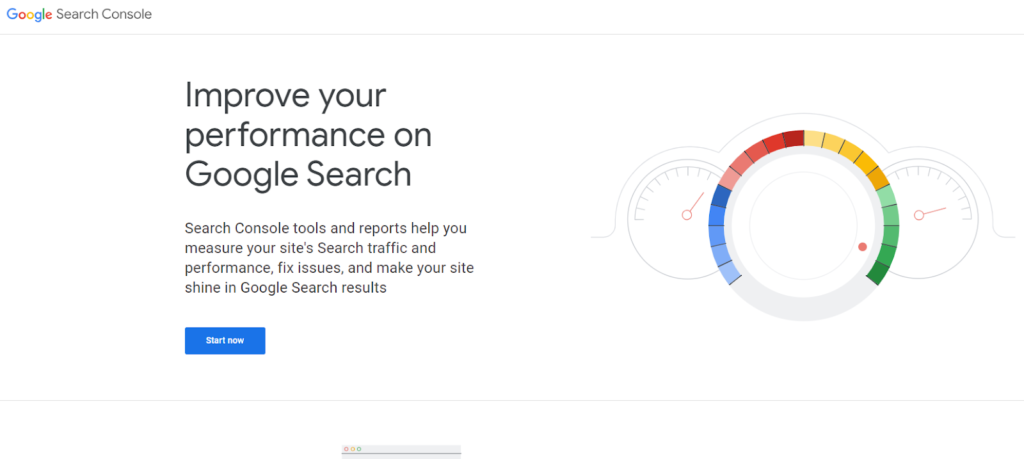
AlsoAsked
I allow myself to recommend a tool that I often use a lot to create sets of content and relate them, AlsoAsked. It is free and has limited functions per day, but if you know how to take advantage of it, you can squeeze it to the fullest. You will be able to know the related questions of a search term, understanding the intentions of users, and having fresh ideas to create interesting content for users.
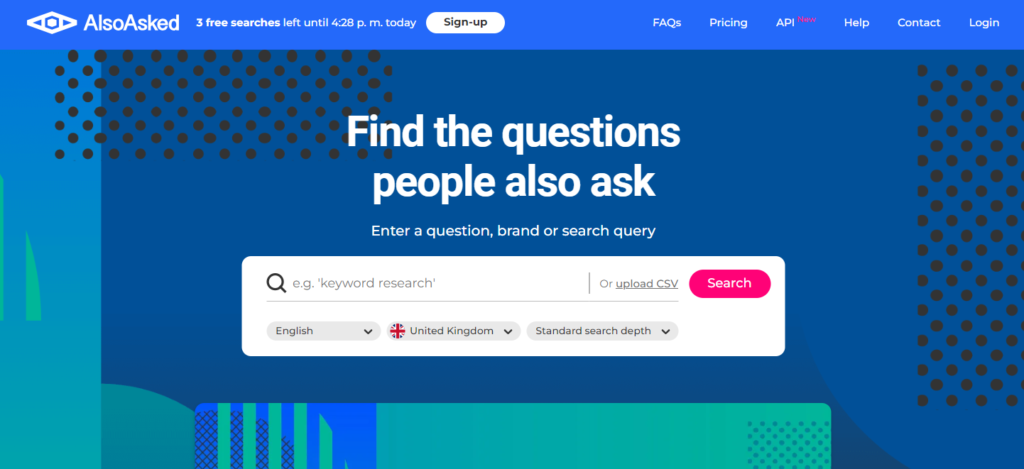
Google Adsense
This is possibly “the” tool par excellence used by all SEM experts. It is Google’s advertising platform that allows advertisers to place their ads on partner websites, platforms like YouTube, and other properties.
With Google Ads, you can create search ads, display graphical and video ads on website networks, such as YouTube. Additionally, you can advertise shopping products and do remarketing (show ads to users who have previously interacted with your website, increasing the chances of conversion).
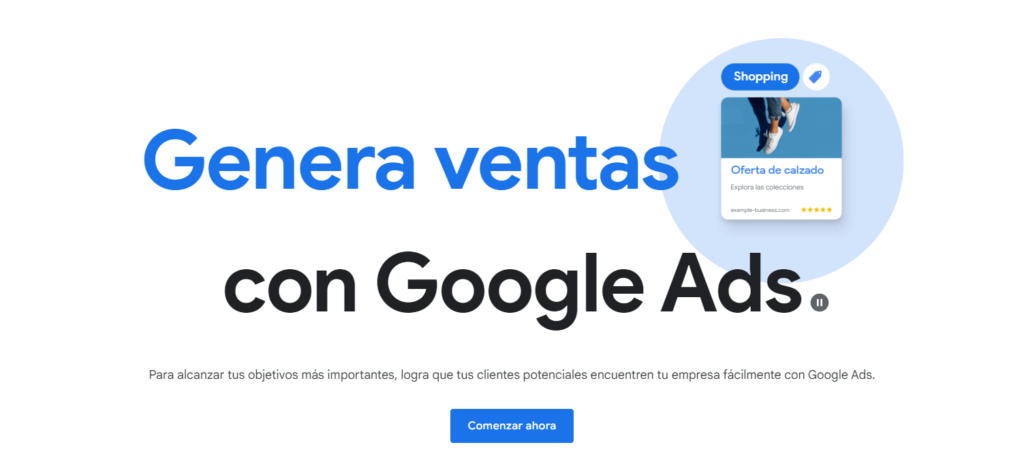
Microsoft Advertising
Microsoft Advertising (formerly Bing Ads) is an excellent platform that allows you to advertise in Edge search results (which is now Microsoft’s search engine). You will be able to create test ads, access a wide Microsoft search network, advertise in Shopping, do remarketing, and integrate keyword data and insights into search trends to optimize advertising campaigns in Microsoft Advertising Intelligence.
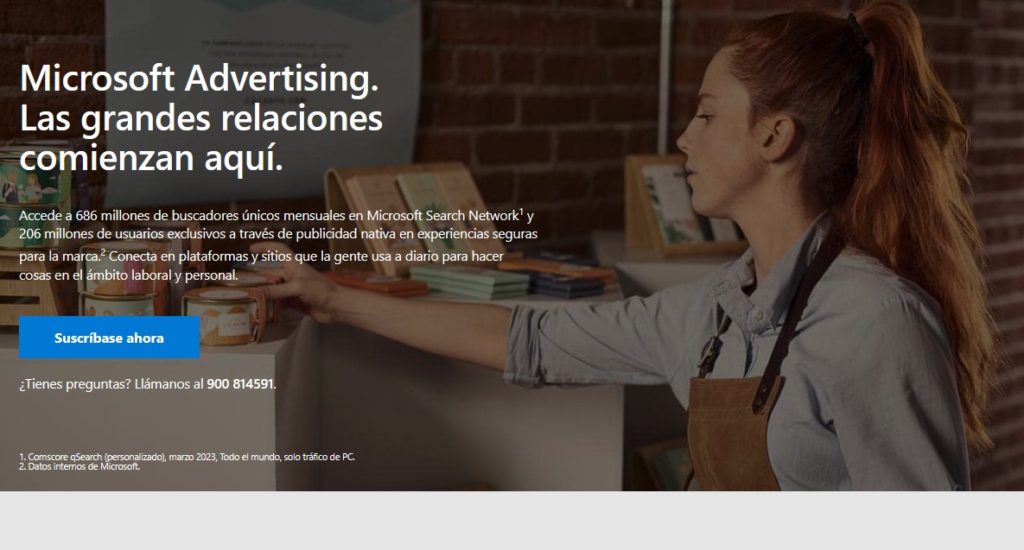
Meta Ads
Its name is new since until recently it was called Facebook Ads. It is Meta’s (Facebook Matrix) advertising platform to show ads on Facebook, Instagram, and Messenger. Among its main qualities, it allows you to perform advanced audience segmentation, create creative ads, and run remarketing campaigns.
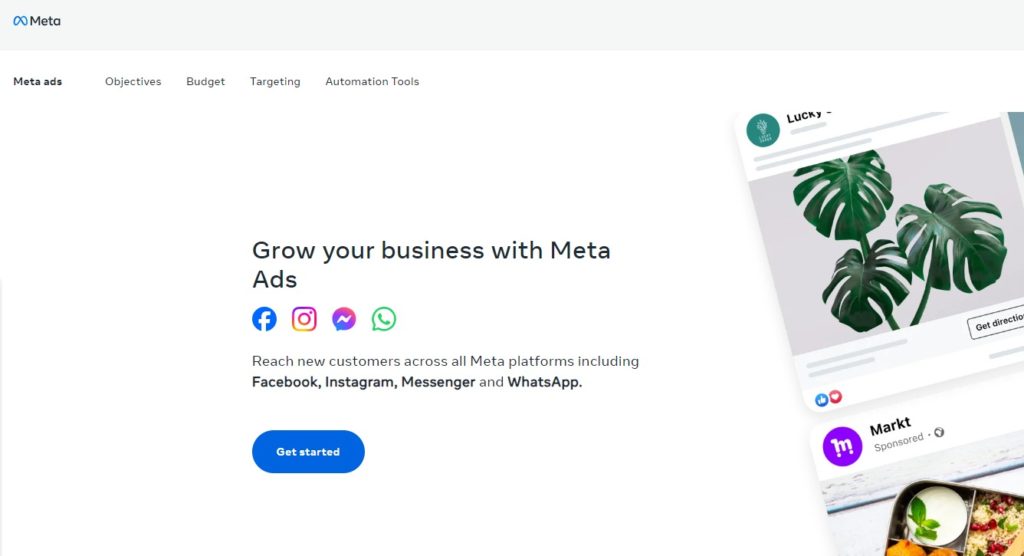
Want to understand the true implications of SEO and SEM? At MD Digital Marketing, we know them!
In conclusion, it is evident that both SEO and SEM are two absolutely necessary practices for a website to grow in its development and achieve its goals for the year. But what do you think about it? I would love to read your comments!
In case you need to apply SEO and SEM to your venture and do not know how, do not worry because at MD Digital Marketing, there is a team of professionals specialized in all areas of digital marketing.
We can help you reach the top with our efforts. Do not hesitate to contact us so that we can start the process!
- Google Core Update: History of Major Updates - September 10, 2024
- Google Helpful Content Update: A History of Major Google Updates - August 2, 2024
- Google Spam Update: History of Google’s Main Updates - July 22, 2024
¿Qué te pareció este artículo?
What do you think about this post?

